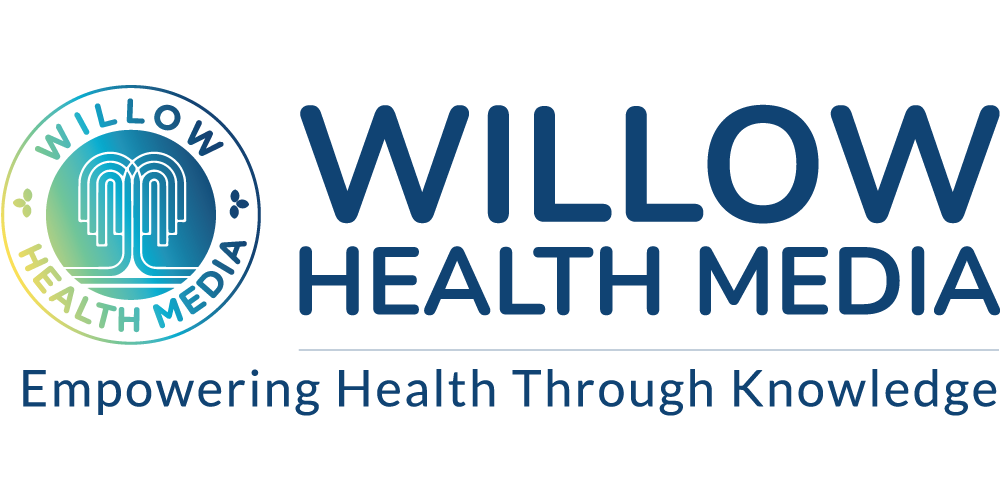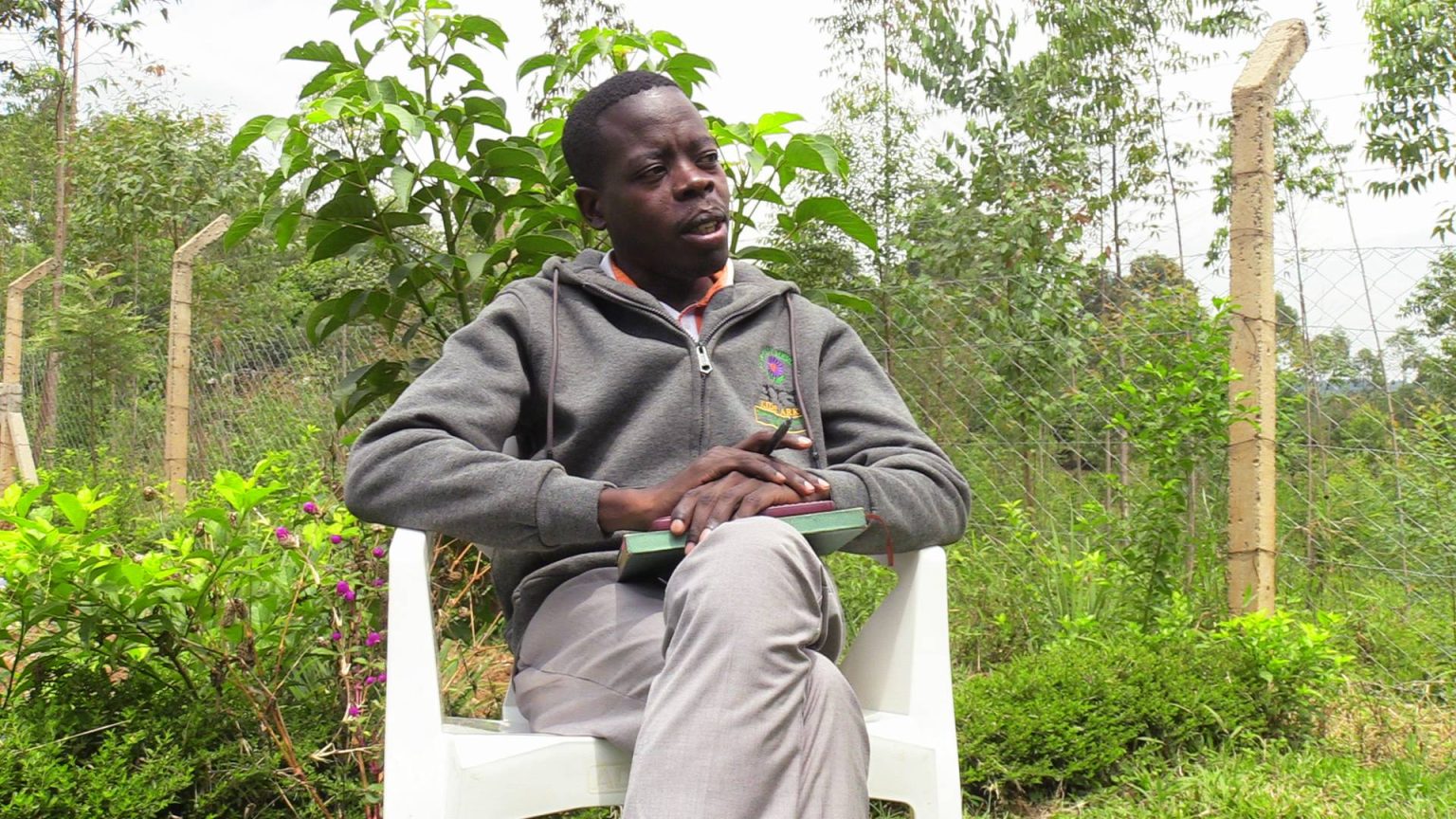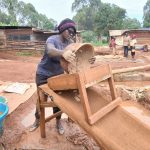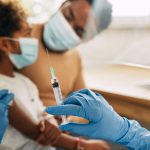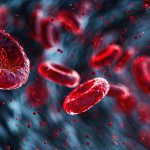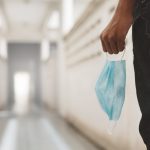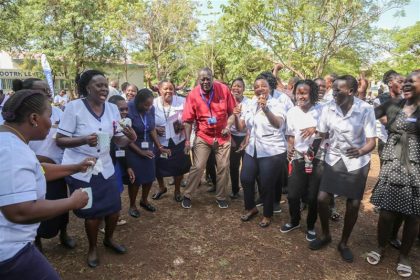The sound of raindrops falling softly against the windowpanes serve as a somber backdrop to a conversation about resilience, suffering, and the daily realities of living with sickle cell disease for Billy Odhiambo, a sickle cell survivor from Butere constituency.
He speaks with a calm, steady voice, but the weight of his words is palpable. The scars of his battle are invisible to most people, hidden beneath the laughter and the grace with which he carries himself.
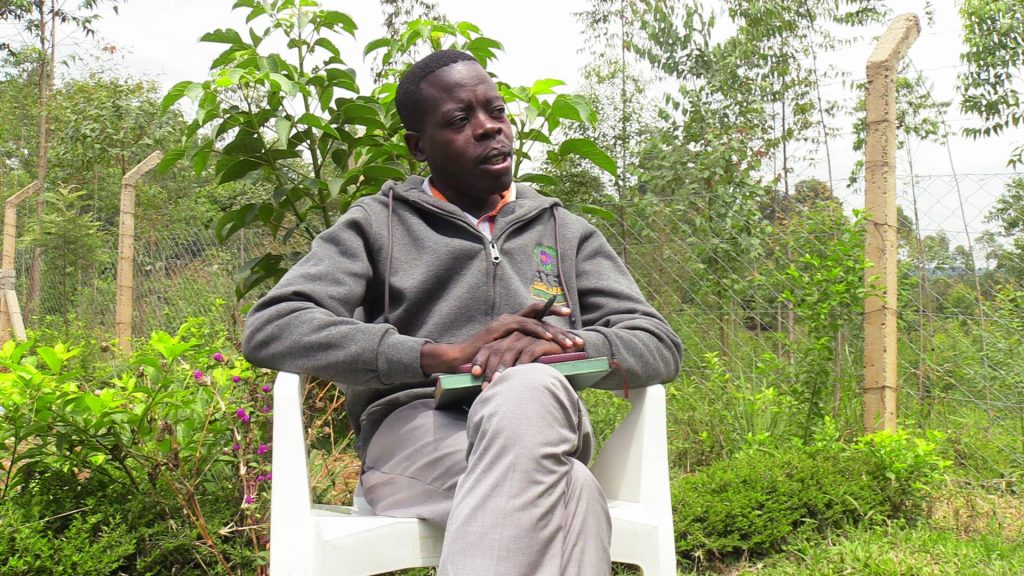
“I am proud to say I’m a warrior because my parents took good care of me,” says Odhiambo. “I have lived with sickle cell disease for the past 37 years. It doesn’t define me, but it shapes how I live.”
Sickle cell disease (SCD), also known as sickle cell anaemia, is a group of inherited blood disorders where red blood cells, which normally carry oxygen, become abnormally shaped and stiff, resembling a crescent or sickle, causing them to clump and block blood flow in the body.
Both men and women are affected by the disease, and both parents must carry the abnormal genes, even if they have no symptoms, for their child to be affected.
For Odhiambo, since childhood, pain was a constant companion, where the world seemed to change shape every time a crisis hit his body.
He recounts many nights spent in hospital emergency rooms, school days interrupted by hospital visits and the many blood transfusions he has undergone. But upon reminiscing the death of his elder sister who died at the age of 15 years from sickle cell disease, Odhiambo breaks down.
“Losing my sister to sickle cell at just 15 was like losing a part of myself. She was my mirror, a constant reminder that I wasn’t alone in this fight. It’s a void that will never be filled.”
Stigma is a constant battle for people with sickle cell. Odhiambo says his nickname from a young age was ‘Omulambo Kuchenda’ (a walking grave).
“When you’re a warrior, discrimination is normal. Sometimes you can be denied food, parents can desert you, and the challenges of caring for a sick child can lead to marriage breakdown,” says Odhiambo.
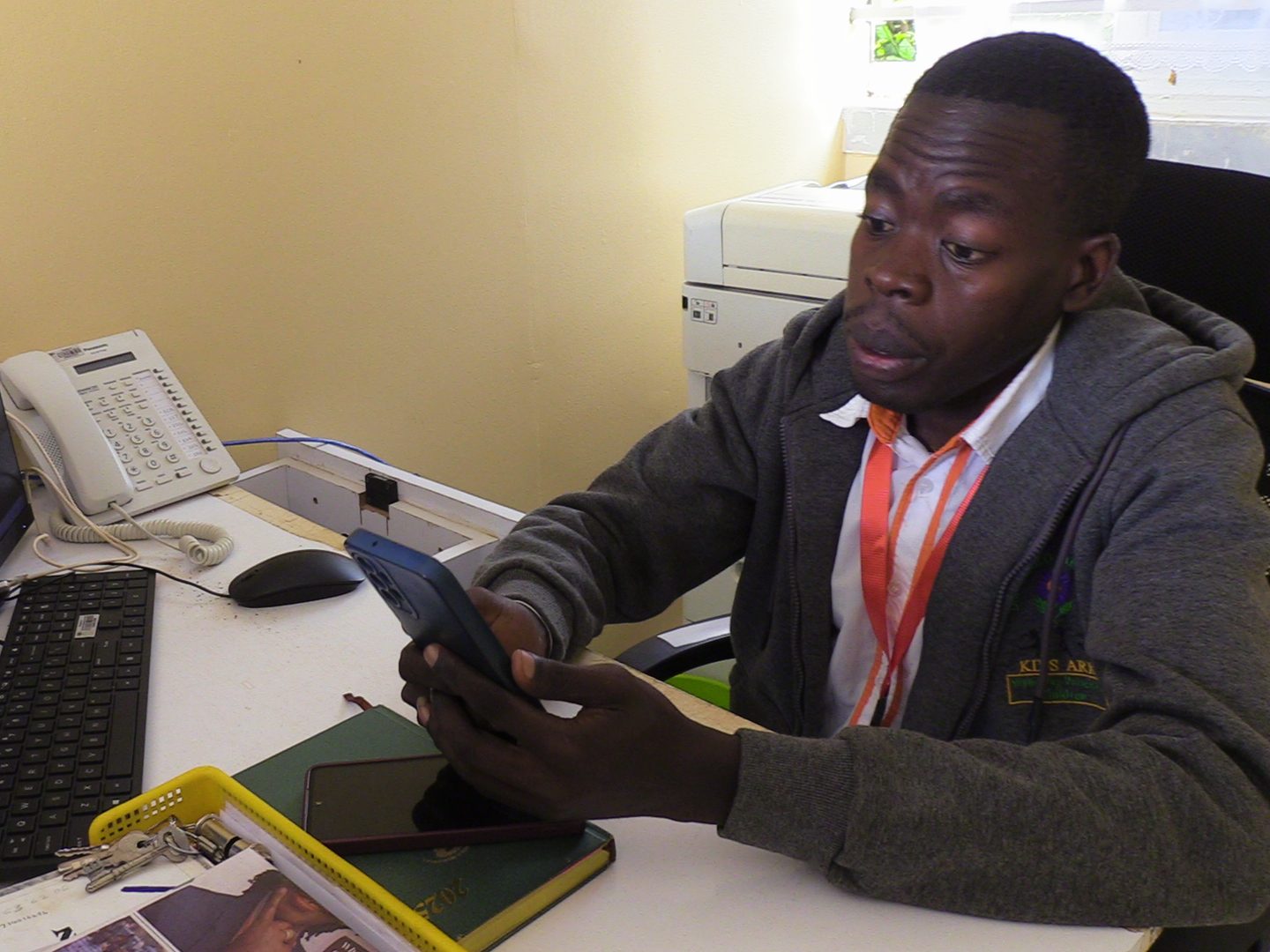
It was constantly hammered to the young teen that his life would be short and that he would not survive past his 18th birthday. But after waiting in fear for a death that never came, he made up his mind to focus on living.
“I don’t just want to survive, I want to live and find joy in the little things, to make memories, see the world and laugh with the people I love.”
This single decision made him proactive in his wellness journey, so he dutifully takes his medication, goes to the hospital for check-ups, and most importantly, he asks for help whenever he needs it.
“I’ve chosen to stay on top of my treatments even when the world seems like it’s closing in on me.”
But for the trained teacher with additional certification in health records management, finding love was the greatest hurdle.
“For me, that was the most challenging moment. Each time I told a woman I was interested in that I had sickle cell; I would be rejected. I lost four potential partners after confessing that I had the disease.”
Eventually he met a fellow teacher who gave him a chance and together, they went for a Haemoglobin Electrophoresis test which measures the different types of haemoglobin in the blood. If a person has sickle cell disease, the test will detect the presence of haemoglobin S (HbS), which is the abnormal haemoglobin that causes sickle cell disease.
If the person is a carrier (heterozygous) with the sickle cell trait, the test will show a mix of normal haemoglobin (HbA) and haemoglobin S (HbS). Thankfully for Odhiambo’s partner, the results came back negative sickle cell. The two settled down in marriage and now have a 15-year-old daughter and a five-year-old son. None of the children has sickle cell disease, although both are carriers of the trait.
She would go to school for two days, only to spend three months in the hospital
Few miles away in Lurambi constituency, Beatrice Kadogo, a mother of seven, holds her face in the palm of her hands, the weight of the world on her shoulders.
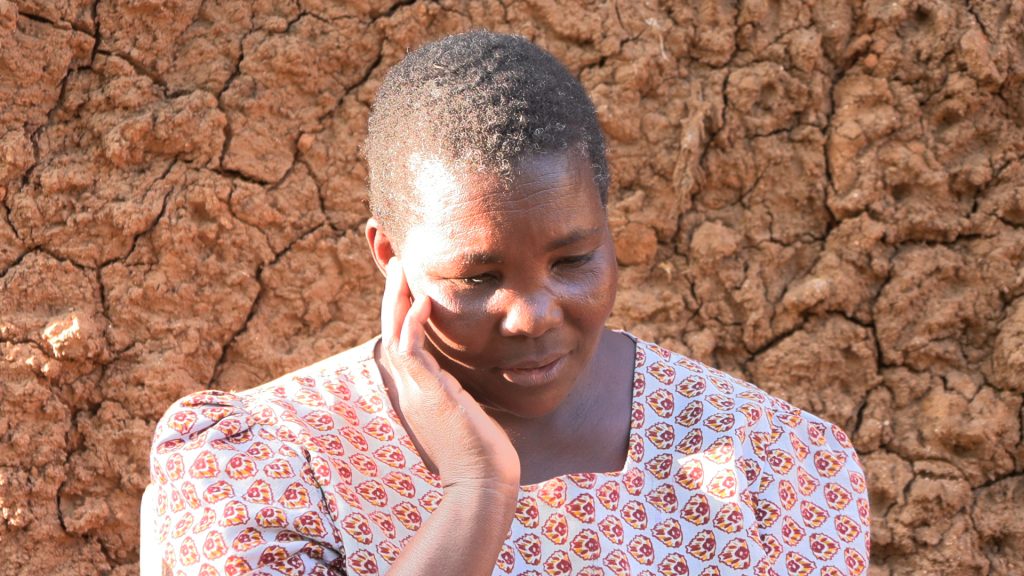
Kadogo has already lost two children to sickle cell disease, and two others are struggling, literally, to stay alive. Kadogo’s husband, Joshua Masinde, is a carrier of the disease. When their third-born daughter Veronica Oluvusi was just five years old, she became jaundiced, her body turning yellow from the strain of sickle cell disease.
“Veronica was always weak and constantly battling pain. We spent countless nights at the Kakamega Teaching and Referral hospital just to keep her alive. Her body would react as if it were immersed in hot oil, causing her immense pain.”
Veronica is now 19 years old, but her frame is very tiny, as if locked in a 10-year-old’s body. Her sister Mary Ayako, 13, also has sickle cell but is responding well to treatment.
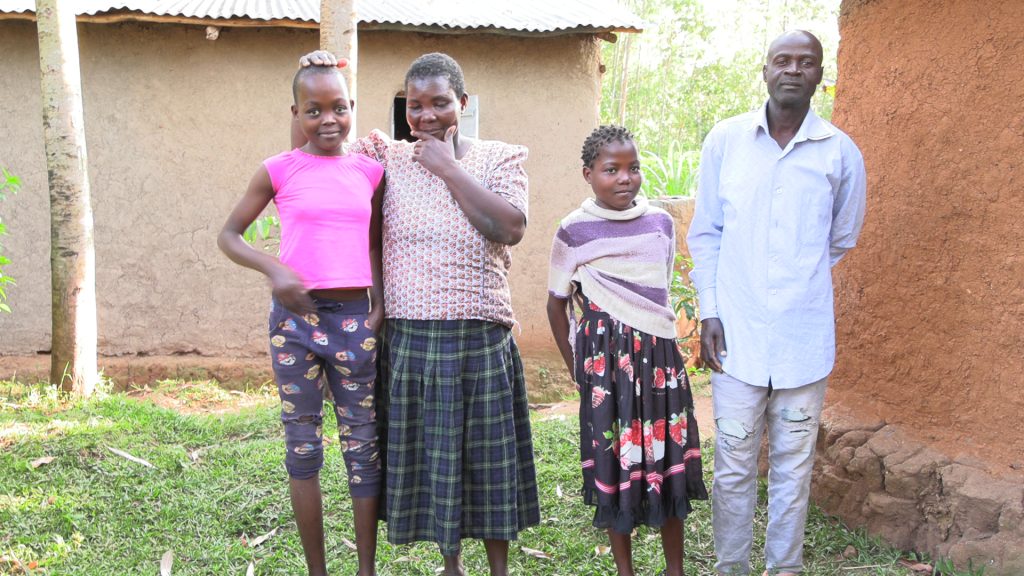
The financial toll of the disease on the family is evident. Masinde says the family has never had medical cover, including the defunct National Health Insurance Fund (NHIF) which was replaced by the Social Health Insurance Fund.
Kadogo says there were times when her daughter would go to school for only two days and then spend three months in the hospital until the school discontinued her education. Her body was too weak, and even when she tried to attend school, the exhaustion prevented her from retaining anything she had learnt.
“We couldn’t raise Ksh500 for NHIF, and even now we can’t afford the Ksh300 premiums to pay for SHA. Do you starve the whole family because you want to pay for a medical cover? You must balance the two.”
Masinde has resorted to taking out loans to pay for his children’s costly treatment, but it’s a burden that is far from over. “The medicine is expensive, and when symptoms are severe, the expenses can quickly spiral out of control.”
Every month we were losing someone because we didn’t have the drugs to manage the condition
Caroline Mabunde, research scientist at the Kenya Medical Research Institute (KEMRI), says there is a gap in data on the exact number of people living with sickle cell disease in Kenya, a situation that cripples treatment and management efforts.
The Ministry of Health reports that at least 14,000 children are born with sickle cell disease in Kenya each year, and without routine newborn screening and access to proper treatment, an estimated 50-90% of those born with the condition perish undiagnosed before reaching their fifth birthday in sub-Saharan Africa.
This silent epidemic affects several regions within Kenya, with Western, Nyanza, and Coastal areas particularly burdened, hitting 17 counties. In Africa, a staggering 240,000 children are born with the condition annually.
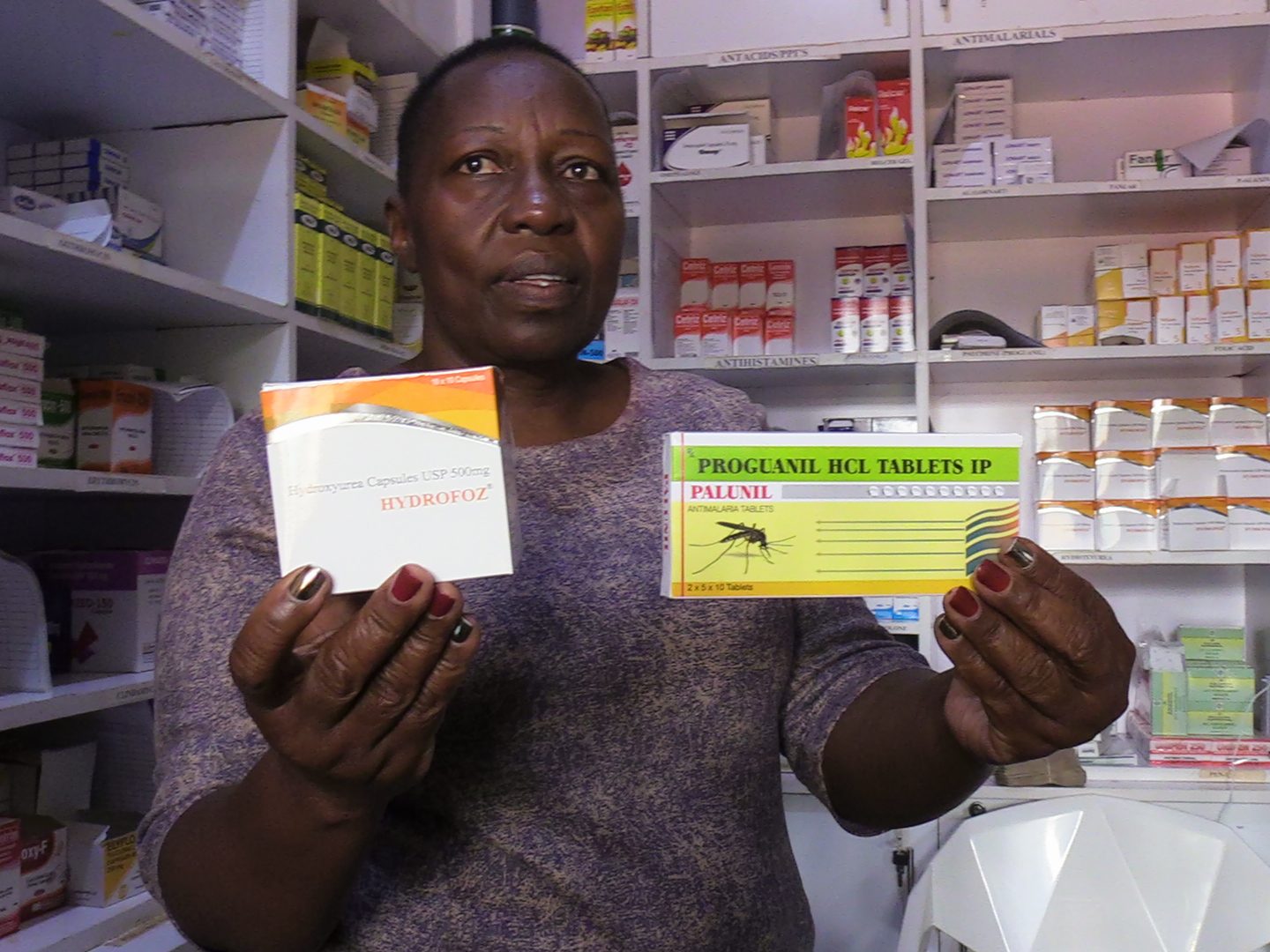
Mabunde runs the Don Amolo Memorial Kids Ark (DAMKA) – a Community Based Organisation (CBO) which supports patients and carries out research on sickle cell disease in Western Kenya. DAMKA supports 189 children with sickle cell disease, fondly referred to as Hummingbird warriors, to receive medication and psychosocial support.
“I set up the organisation after witnessing women suffering and being divorced for giving birth to children with sickle cell disease,” she says.
Besides research, the organisation has support groups through which they raise awareness and mitigate myths and misconceptions about the disease within the community “to ensure that sickle cell warriors live a normal life and get equal opportunities in life like good education.”
Mabunde notes that one big challenge has been access to proper medication. “In 2022 and 2023, we used to lose several children to the disease. Every month, we were losing someone because we didn’t have the drugs to manage the condition. We could only access Penicillin V and folic acid.”
Penicillin V is an antibiotic used as a preventive treatment to reduce the risk of bacterial infections, particularly in children, whereas Folic acid (vitamin B9) helps in the production and maturation of red blood cells.
Mabunde said that one of the key challenges sickle cell warriors face is the unavailability of essential drugs such as Hydroxyurea and Paludrin, as well as inaccessibility to proper screening and diagnosis.
Paludrin is used as an anti-malarial drug, while Hydroxyurea is an oral chemotherapy drug used to prevent recurrent of painful vaso-occlusive crises. These are complications that can lead to acute chest syndrome, a life-threatening event involving lung injury, fever, and respiratory symptoms in adult patients, adolescents, and children under the age of two years.
A single tablet of Hydroxyurea in Kenya sells for Ksh70. The primary dosage is one tablet taken three times a day, translating to Ksh6,300 per person per month. Paludrin, on the other hand, sells for Ksh35 per tablet, translating to Ksh1,050 per month. For a family like Masinde’s, which has several sickle cell patients, the cost of treatment is astronomical if you add hospital visits for acute emergencies.
Kenya ratified the National Sickle Cell Disease Guidelines in 2022 on the treatment and management of the disease, but not many healthcare facilities are conversant with the management of the disease.
“Previously, sickle cell disease was not taught in medical and nursing schools and was not given much emphasis due to the unavailability of credible data, but the reality is that the disease is ravaging families,” said Mabunde.
Mabunde regretted that the Kenyan government has allocated a paltry Ksh8,000 annually to support in the treatment of sickle cell disease under the Social Health Authority (SHA), saying that the amount can only help for two to three months, and the cover will be depleted.
A bone marrow transplant in India costs Ksh7 million, not many Kenyans can afford it
Dr Roselyne Malangachi, a paediatrician at the Kakamega County Teaching and Referral Hospital, says that bone marrow transplant is the only treatment that is sure to treat sickle cell disease permanently.
However, the treatment costs a whopping Ksh7 million in India, a cost that is unattainable for many ordinary Kenyans. But for those who have managed to raise the amount for transplant, they are now living a normal life, free from pain.
Dr Malangachi is calling on the government to roll out a comprehensive medical cover for the treatment of sickle cell patients as a way of preventing premature deaths, as “When a sickle cell carrier contracts malaria, it can trigger the sickle cell condition, and the person becomes seriously ill and can even die.”
She says there is need for increased public and private sector investment in the management, research and treatment of sickle cell disease, adding that public health initiatives should prioritize sickle cell care, ensuring that treatment options such as regular blood transfusions, pain management, and the use of Hydroxyurea are accessible to all patients, regardless of their socioeconomic status.
She is calling for the expansion of insurance coverage to include essential treatments for sickle cell disease. “In many countries, especially low and middle-income ones like Kenya, individuals with sickle cell disease may not have access to adequate insurance or may face high out-of-pocket expenses.”
Prof Constance Tenge, also a paediatrician and associate professor at the Department of Child Health and Paediatrics at Moi University, said that majority of the people in Western and Nyanza regions where sickle cell disease is prevalent carry the sickle cell trait (HB AS), but are unaware of their status.
“Screening is the way to go. Before young people get married, we are advocating that they go for an Electrophoresis test as the first step towards early detection and effective management of sickle cell disease. It will help individuals make informed decisions about their health,” she said.
Credible data is a key milestone in the fight against sickle cell disease in Kenya
Prof Tenge noted that through screening, couples who are carriers should be advised against procreating as that will ensure that no child is born with sickle cell disease.
“Pre-conception genetic and reproductive counselling must be carried out as a way of ending the disease. The government must also create an SCD registry or database at the county and national levels, to identify patients either clinically or through newborn screening and profile them for comprehensive care,” she said.
According to the professor, having credible data will be a key milestone in the fight against sickle cell disease in Kenya as it will support early diagnosis, better treatment, targeted public health initiatives, and informed decision-making at all levels of society
She notes that by screening infants, healthcare providers can detect the disease early, even before symptoms appear, noting that early detection allows for prompt intervention and management as well as preventing severe complications of SCD such as stroke, infections, and organ damage.
“Infants diagnosed with sickle cell disease can begin treatments like penicillin prophylaxis, vaccinations, and possibly blood transfusions, which can help prevent infections and other life-threatening conditions.”
